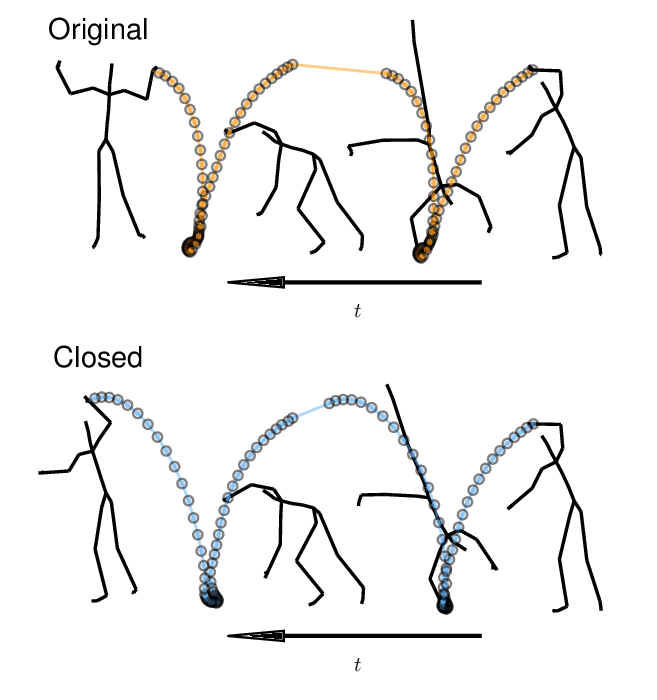Numerics of Differential Equations - DNA - Mathematical Sciences
DNA faculty working on numerics
Andre Massing is a computational mathematician focusing on the analysis, algorithmic realization, and application of innovative discretization methods for partial differential equations (PDEs). His research addresses challenges in the computational modelling of complex multiphysics and interface problems arising in bioengineering and biophysics. Relevant problem types include incompressible flows, fluid-structure interaction problems, PDEs on surfaces as well as mixed-dimensional coupled PDE systems.
Anne Kværnø is interested in the numerical solution of differential equations, with emphasis on ordinary differential, differential-algebraic and stochastic differential equations. Her work includes error analysis by the means of B—series and development and analysis of efficient and robust numerical methods for the aforementioned equations.
Brynjulf Owren is an expert on structure preserving computational methods for differential equations with applications to a variety of problems in engineering and science, including multibody dynamics, slender body systems, subsea engineering, and robotics. He also works on deep neural networks with a focus on improved robustness and reliability in applications to image analysis and denoising, inverse problems, classification problems, and simulation of dynamical systems.
Elena Celledoni works on numerical analysis of differential equations and in particular the theory and applications of structure preserving algorithms. These methods are of use in industry for the simulation and control of rigid body dynamics, of slender structures, and of mechanical systems in general. She is also interested in the analysis and design of neural networks and their interplay with numerical analysis. This includes methods of shape analysis on Lie groups applied to activity recognition, with techniques both for curves and surfaces.
Espen R. Jakobsen studies numerical methods for different classes of nonlinear partial differential equations and stochastic differential equations. The models studied include Hamilton-Jacobi, convection-diffusion, porous medium, and mean field games, spatial statistics, and stochastics. The research include nonlocal models, and more recently, stochastics and spatial statistics. Key questions are the design of robust methods, stability, convergence analysis, and error estimates.
Jørgen Endal is interested in nonlinear equations of hyperbolic and parabolic type. Such equations include for example transport and diffusion terms. In particular, he is working on cases where the diffusion can be nonlocal. He has been treating numerical schemes for equations of such nonlocal nature, where convergence and error estimates are some of the key issues.
Helge Holden studies numerical methods for nonlinear partial differential equations where one can prove that the methods converge to the correct solution. This includes in particular the front-tracking method for hyperbolic conservation laws, and special finite difference methods for certain nonlinear partial differential equations, e.g., the Korteweg–de Vries and the Benjamin–Ono equations. In addition, Holden works on stochastic partial differential equations.
Knut-Andreas Lie specializes in numerical methods for geoscience and energy engineering, covering grid generation, consistent discretization, nonlinear domain-decomposition preconditioners, sequential solution strategies, and multiscale techniques. He is co-founder of two popular open-source projects and previously worked on high-resolution methods and GPU computing. Currently, he explores fully differentiable simulators for hybrid data- and physics-driven modelling.
Kurusch Ebrahimi-Fard's research explores the interface between applied and pure mathematics. His research fields include numerical integration of ordinary and stochastic differential equations, rough path theory, free probability theory, nonlinear control theory, and perturbative quantum field theory. He is particularly interested in Hopf and Lie algebraic structures on graphs, partitions and other combinatorial objects in the context of the aforementioned fields.
Trond Kvamsdal works on Computational Mathematics, i.e. development of new theories/methods within mathematics and numerical analysis to make robust and efficient algorithms for solving challenging (linear and non-linear) partial differential equations relevant within different areas of science and technology. The main area of research is adaptive isogeometric finite element methods (AIFEM), reduced order modelling (ROM), and hybrid analysis and modelling (HAM) to enable predictive digital twins.

